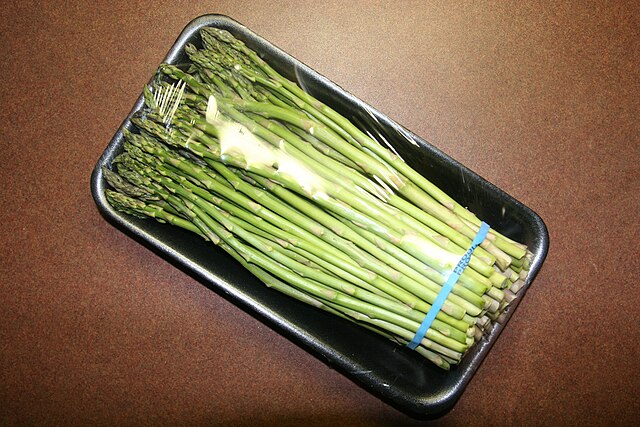Seven months after passing a plastic recycling regulation in April 2024, the European Union (EU) has dropped a new directive. On January 22, 2025, the EU approved a resolution to make all plastic food packaging recyclable by 2030.
Data by the European Commission shows that the new Regulation EU 2025/40 is a revision of diverse 2019 and 2021 directives.
It combines the New Circular Economy Action Plan of February 2021 and a 2019 predecessor to make food packaging reusable or recyclable by 2030.
Notably:
- E-commerce packaging during physical shipping is also inclusive, an indicator of leaving no stone unturned.
The 2025 directive cites that between 2010 and 2021, 40% of packaging material in Europe was plastic-based. Together with paper, which formed 50% of all packaging, plastic contributed 36% of municipal waste.
The Commission cites that recovering this garbage through incineration is apparently 5 times less effective than reusing the same material.
Interestingly, the EU has not banned non-reusable plastic packaging immediately like it did plastic straws and plates in the single-use plastic directive, effective July 2021.
For now, Directive 94/62/EC, which anticipates the 2030 non-recyclable plastic phaseout, orders companies to feature recycling labeling. This will enable consumers to know where to dispose off their exhausted plastic packaging.
Immediate Ban on BPA
But there is a current ban in-between on Bisphenol A (BPA), effective January 20, 2025 in transitional phases.
BPA is a chemical compound that makes plastics and also coats metallic utensils, such as baby cups, soda cans and similar.
The EU bases its ban from an April 2023 scientific assessment that concluded that BPA residue can contaminate food.
Companies already with such plastics in the market however can continue selling them variously through 2026 to 2029. After that, all BPA constituents in food packaging remains banned across the EU.
So, the food packaging industry will have to realign to yet another twin bombshell from the continental environmental watchdog. For the bigger picture on the issue, skim the statistics below on food packaging waste.
EU Food Packaging Material Statistics
First is a global perspective on plastics so as to understand its impact in the European Union (EU) context. For one, about 40% of world plastics go into food packaging. Secondly, despite its highly pollutant nature, plastic production increased worldwide from 2 million tonnes in 1950 to 459.75 million tonnes in 2019. Thirdly, food packaging services, most of which depend on plastic, account for 1 billion units in greenhouse emissions annually. This is because only 25% of packaging is recyclable and below 1% is reusable, as of 2023.
In the EU context, plastic represents 40% of packaging and accounts for 16 million tonnes of waste, as of 2022. This according to the European Commission. Only paper and cardboard, at 34 million tonnes in waste, as of 2022, produce more waste in Europe.
How high is packaging waste per capita in the EU?
From 2012 to 2022, virtually all years in-between recorded a rise in packaging waste across the EU. 2012 saw the production of 154.77 kg per capita in direct waste while 2021 recorded 190.07 kg per person per year. This is even as 2012 had 100.95 kg per capita in recycled waste while 2012 brought 121.56 kg per person per year.
When did plastic packaging material start decreasing in Europe?
After a 2019 resolution on recycling and ban on single-use plastic in 2021, plastic packaging material waste decreased in 2022. The European Commission puts the reduction at 60,000 tonnes or –0.4% growth. This depreciation could improve after a 2025 ban on BPA and emphasis on reusable/recyclable food packaging by 2030.
